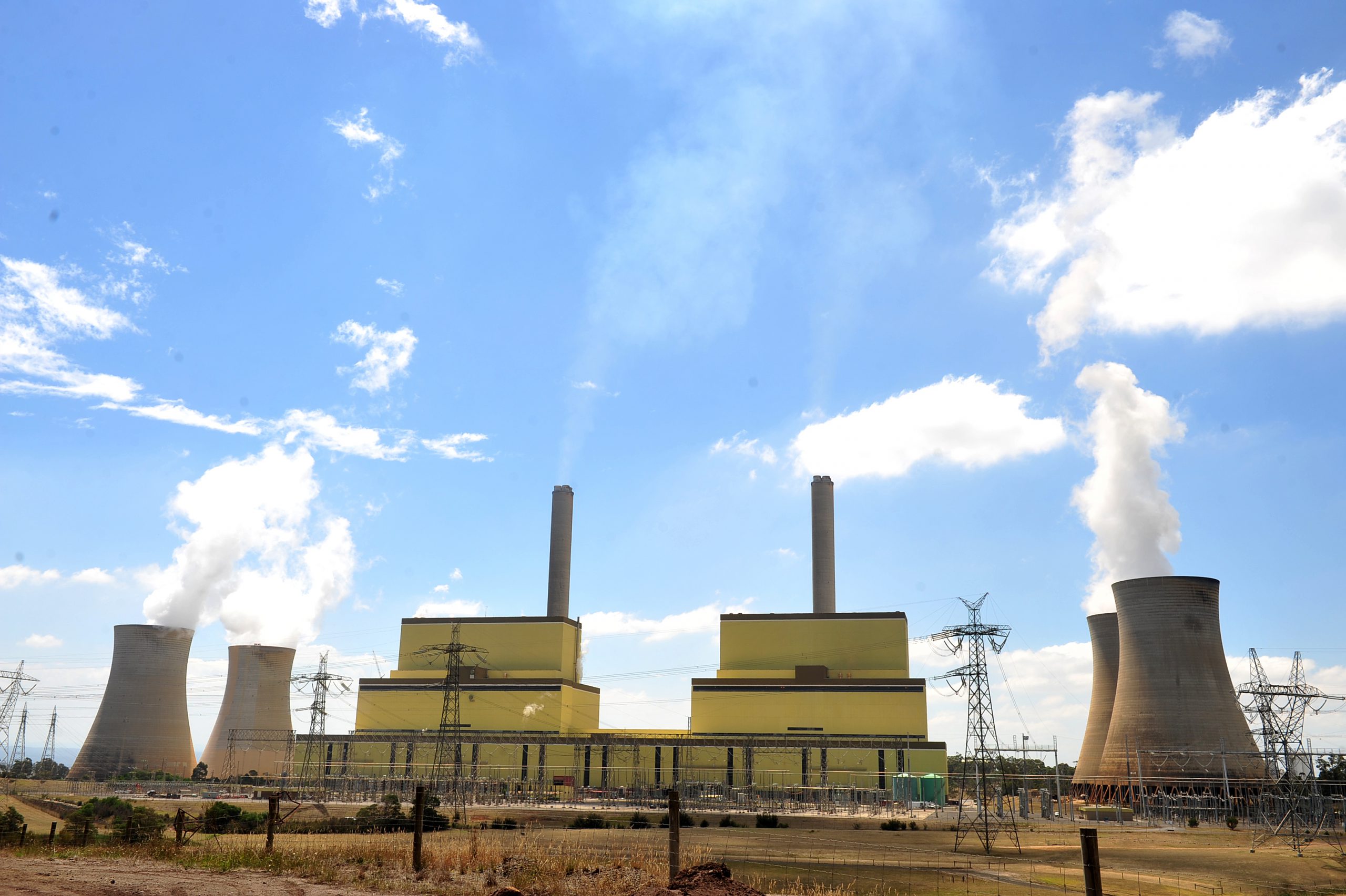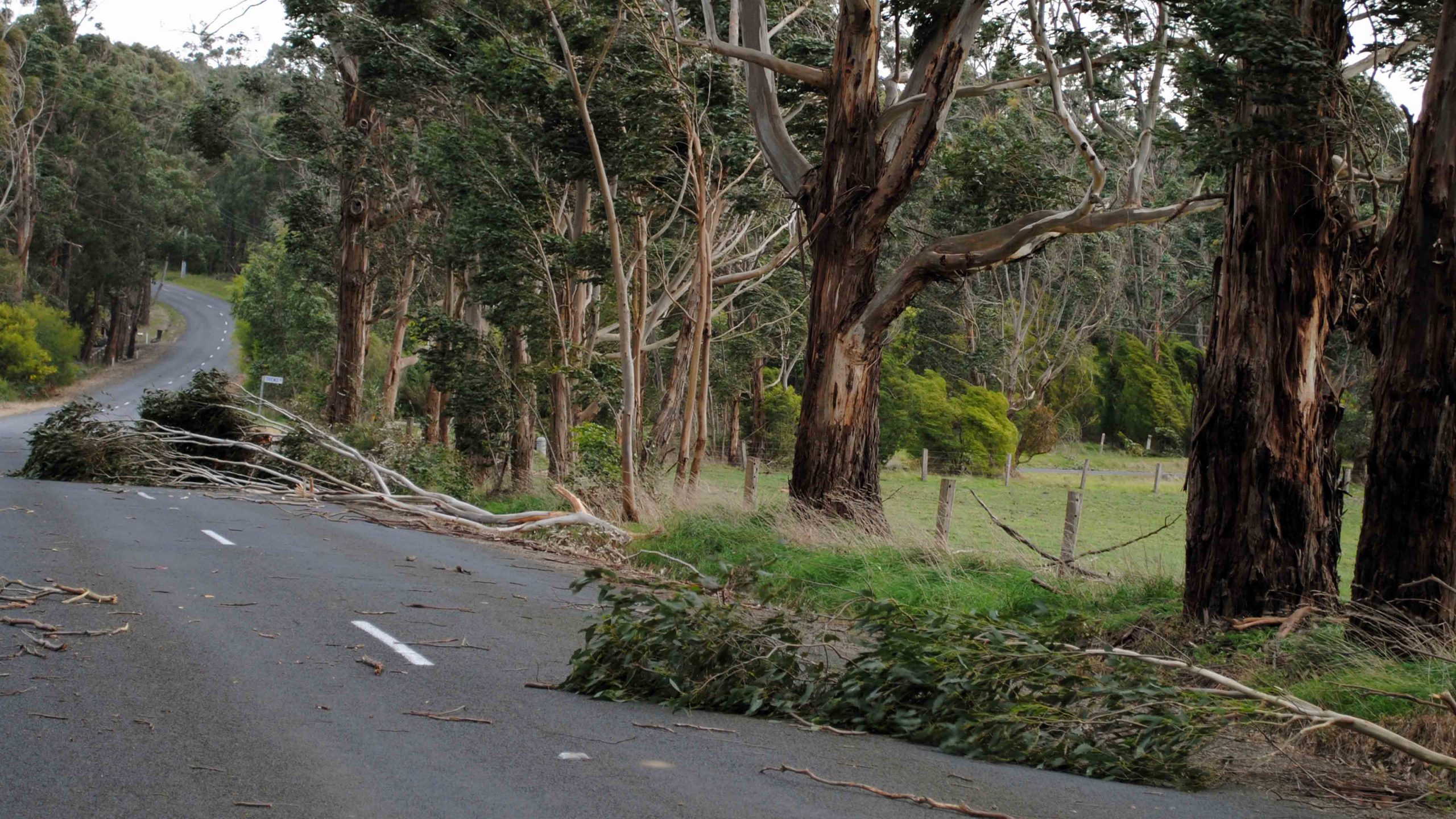Moves by the Federal Government to allow the Clean Energy Finance Corporation to invest in carbon capture and storage technologies have received a warm welcome in the Latrobe Valley.
On Tuesday, Federal Environment Minister Josh Frydenberg announced the government would introduce legislation to relax the corporation’s financing rules, which he called a sign of its commitment to a “technology neutral” approach to energy policy.
The Clean Energy Finance Corporation was established by the former Gillard Government to invest in the clean energy sector with a $2 billion fund on 1 July 2013.
When it was established, the government allocated funding to provide it with an additional $8 billion to be credited on 1 July for the following four years.
Federal Member for Gippsland Darren Chester welcomed the changes to allow the funding of carbon capture and storage technology, which he said could deliver emissions reductions of up to 90
“The Latrobe Valley is proud of its coal heritage, but it can also have a future in coal as a hub of excellence for lower emissions power generation,”
“CCS provides greater opportunity for companies to invest in a lower emissions energy future.”
The change comes two months after the closure of Hazelwood power station and at a time of speculation about what Victoria’s power grid will look like in the future.
The State Government has introduced a Renewable Energy Target of 25 per cent by 2020, which will increase to 45
But Committee for Gippsland chief executive Mary Aldred, who recently undertook a tour of Germany’s brown coal infrastructure, hailed the decision as a “game-changer”.
Latrobe City
The document outlines council’s plan for the region to move beyond its dependence on brown coal power generation.
But Environment Victoria campaigns director Nick Aberle said it was unlikely carbon capture and storage projects would receive funding because they were much more expensive than renewable energy.
The corporation is required to make its investment decisions based on rigorous economic assessments.
“CCS is still a mirage on the horizon and there’s no way it’s going to be cost competitive with alternative forms of low emissions energy like renewables,”
“We basically need our energy sect to be zero emissions by 2030 – we don’t have time to be waiting for far off technology to reduce our emissions in 10 or 15 years.”












